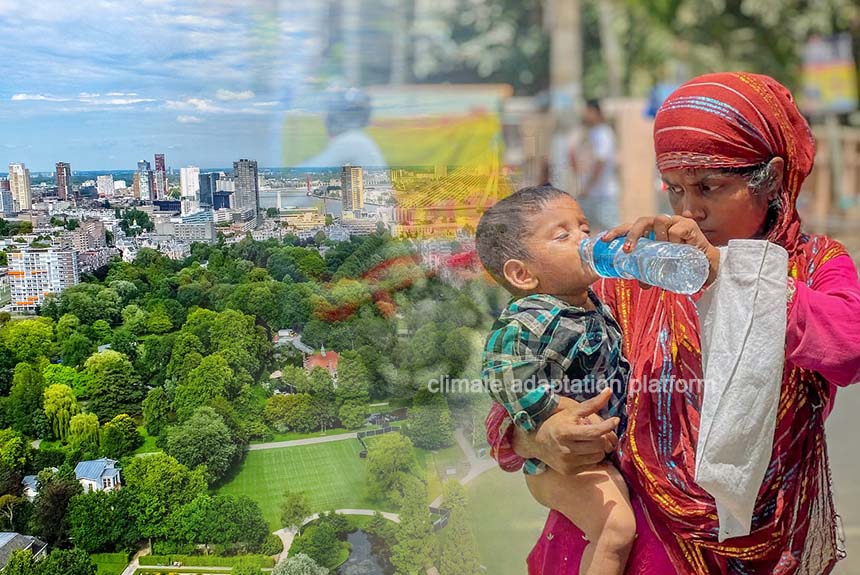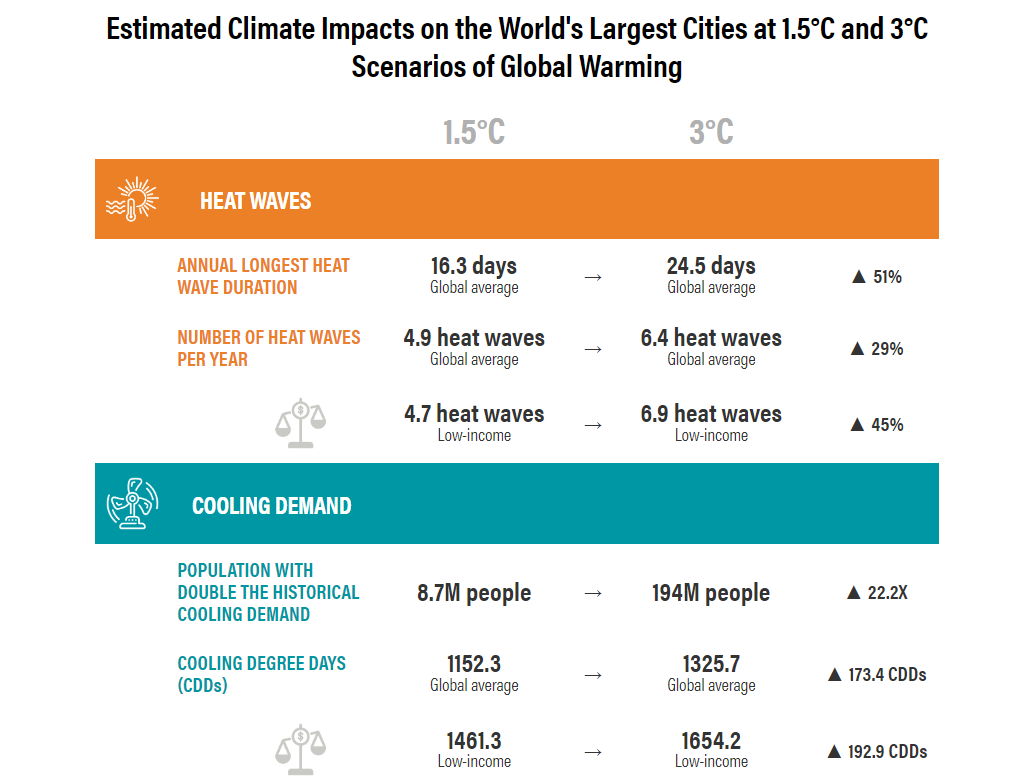Researchers project a temperature rise of nearly 3 degrees C by 2100 without significant action to reduce greenhouse gas emissions. This increase represents a doubling of the 1.5 °C temperature limit agreed to by countries under the Paris Agreement.
However, according to Copernicus, monthly global average temperatures from July 2023 until August 2024 were consistently above 1.5°C. August’s average temperature was 1.51°C above the pre-industrial level, and it was also the 13th month that global average temperatures exceeded the Paris Agreement temperature threshold. Does this mean that we have already breached the Paris Agreement?
According to the United Nations, monthly and annual breaches of 1.5°C do not mean that the world has failed to achieve the Paris Agreement’s temperature goal; instead, a breach refers to decadal or long-term temperature increases and not individual months of the year.
Nevertheless, surpassing 1.5°C for a month or a year signals that the world is getting dangerously close to exceeding the long-term limit and serves as a clarion call for increasing ambition and accelerating action in this critical decade.
What happens when we exceed 1.5°C consistently for a decade?
The IPCC paints a grim picture – a world with frequent and dangerous extreme weather events, including heatwaves, droughts, wildfires, heavy precipitation, and flooding. According to WMO, extreme heat is already a leading killer of all extreme events combined. From 2000 to 2019, there were 489,000 heat-related incidents.
Surpassing 1.5°C could also trigger multiple climate tipping points — such as the collapse of the major ocean circulation systems, abrupt thawing of boreal permafrost, and collapse of tropical coral reef systems with severe impacts on humanity.
New data from the WRI reveals that the world is on a 3°C warming trajectory, and the impact of the additional 1.5°C warming will be massive. The paper analyzes potential climate risks for 996 of the world’s biggest cities, currently home to 2.1 billion people. What they find is alarming.
At 3 degrees C of warming, many cities could face month-long heat waves, skyrocketing energy demand for air conditioning, as well as a shifting risk for insect-borne diseases — sometimes simultaneously. People in low-income cities are likely to be the hardest hit (Wong et al., 2024).
The graph from WRI Shows the Impacts of Temperature Rise of 1.5°C and 3°C in the world’s largest cities.
Key Findings from the WRI paper:
- Cities will see longer heatwaves, with an average duration at 3.0°C 28% longer than at 1.5°C.
- Cities will see more frequent heatwaves, on average, with 25% more heatwaves per year at 3.0°C than at 1.5°C.
- Energy demand for cooling will increase in cities.
- The annual number of days with high transmission risk for arboviruses will increase for cities in general, while the number of days with high malaria transmission risk will modestly decline.
- All results vary geographically and across income groups.
The report’s authors say the data presented are suitable for climate adaptation planning, disaster mitigation, and risk management in cities.
Sources:
United Nations Environment Programme (2023). Emissions Gap Report 2023: Broken Record – Temperatures hit new highs, yet world fails to cut emissions (again). https://wedocs.unep.org/20.500.11822/43922.
World’s warmest August completes hottest boreal summer on record. (2024, September 9). Copernicus. Retrieved from https://climate.copernicus.eu/worlds-warmest-august-completes-hottest-boreal-summer-record
1.5°C: what it means and why it matters. (n.d.). United Nations. Retrieved from https://www.un.org/en/climatechange/science/climate-issues/degrees-matter
Global Warming of 1.5°C. Headline Statements from the Summary for Policymakers. IPCC. Retrieved from https://www.ipcc.ch/site/assets/uploads/sites/2/2019/06/SR15_Headline-statements.pdf
Wong, T. and E. Mackres. 2024. “City-scale, city-relevant climate hazard indicators under 1.5°C, 2.0°C, and 3.0°C of global warming.” Technical Note. Washington, DC: World Resources Institute. Available online at: doi.org/10.46830/ writn.23.00154.
Wong, T., Campos, R., Mackres, E., Staedicke, S., & Doust, M. (2024, September 17). What Would Cities Look Like With 3 Degrees C of Warming vs. 1.5? Far More Hazardous and Vastly Unequal. WRI. Retrieved from https://www.wri.org/insights/climate-change-effects-cities-15-vs-3-degrees-C?





Leave a Reply